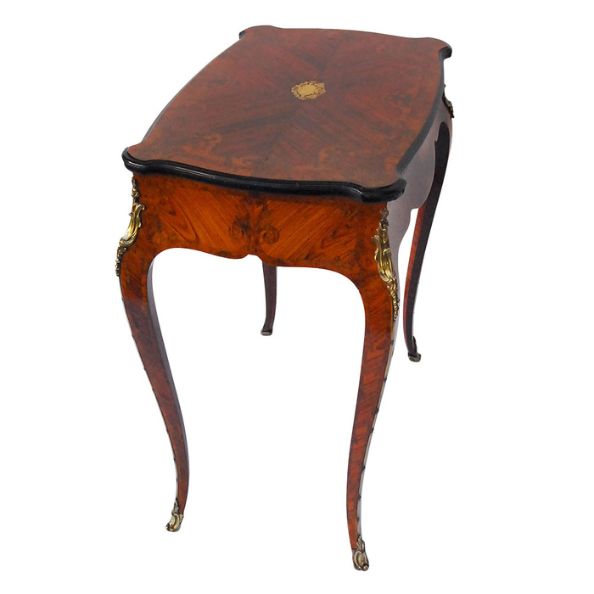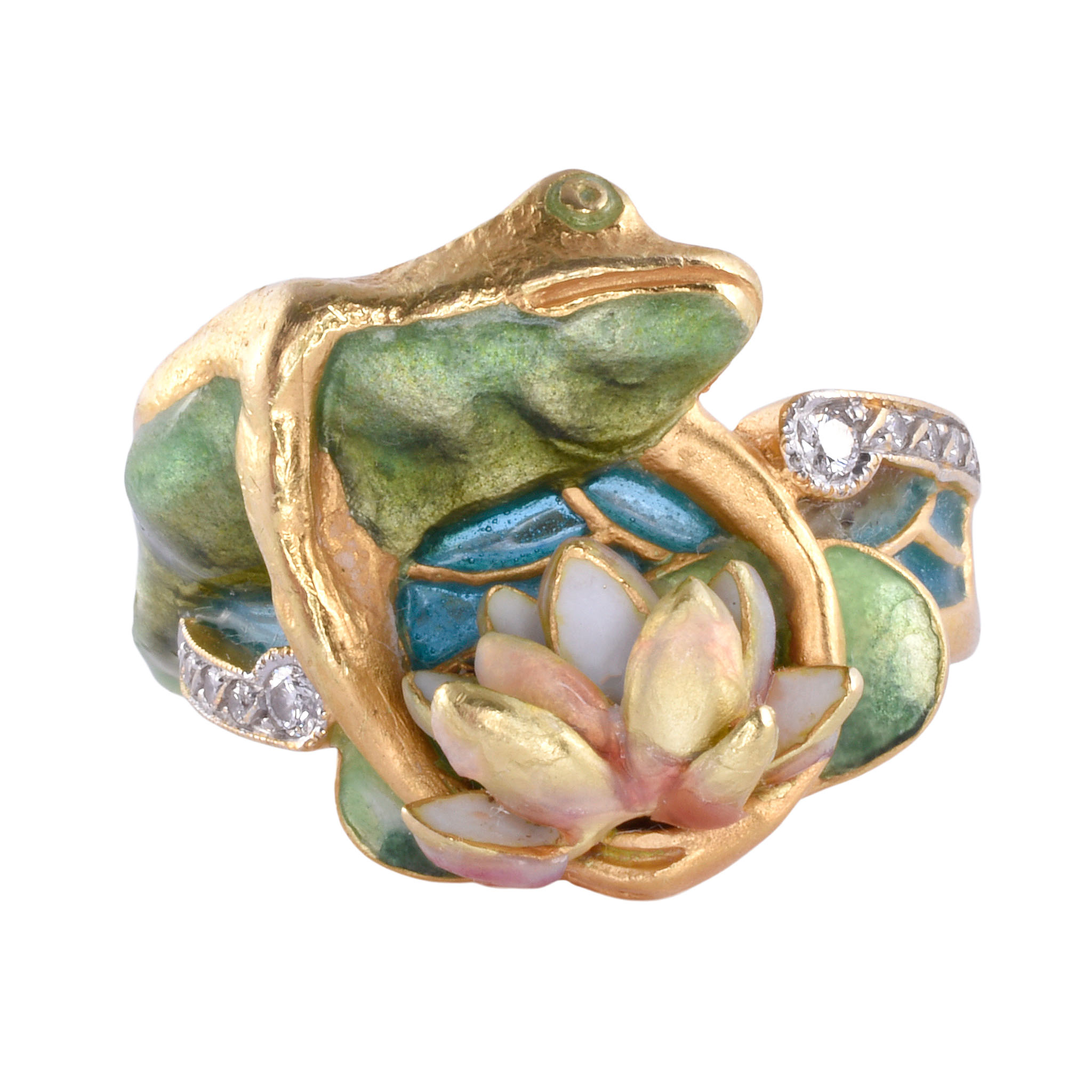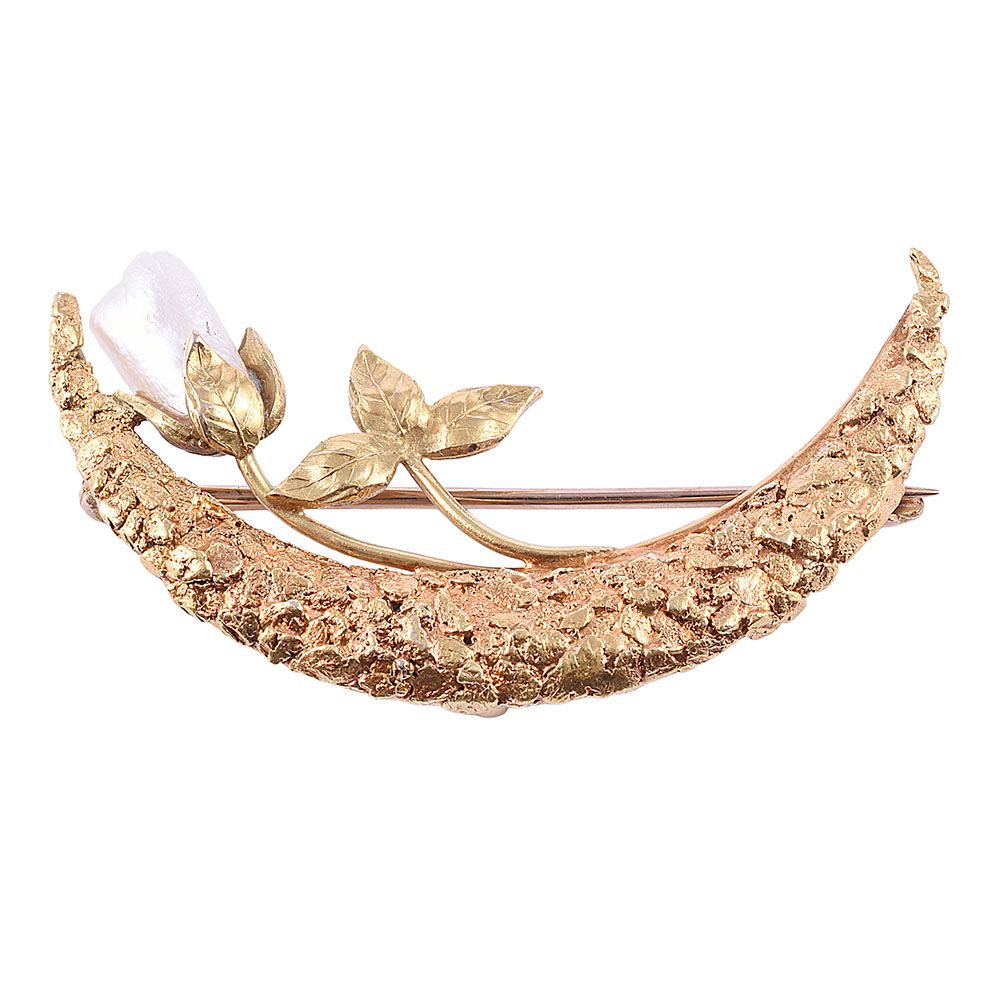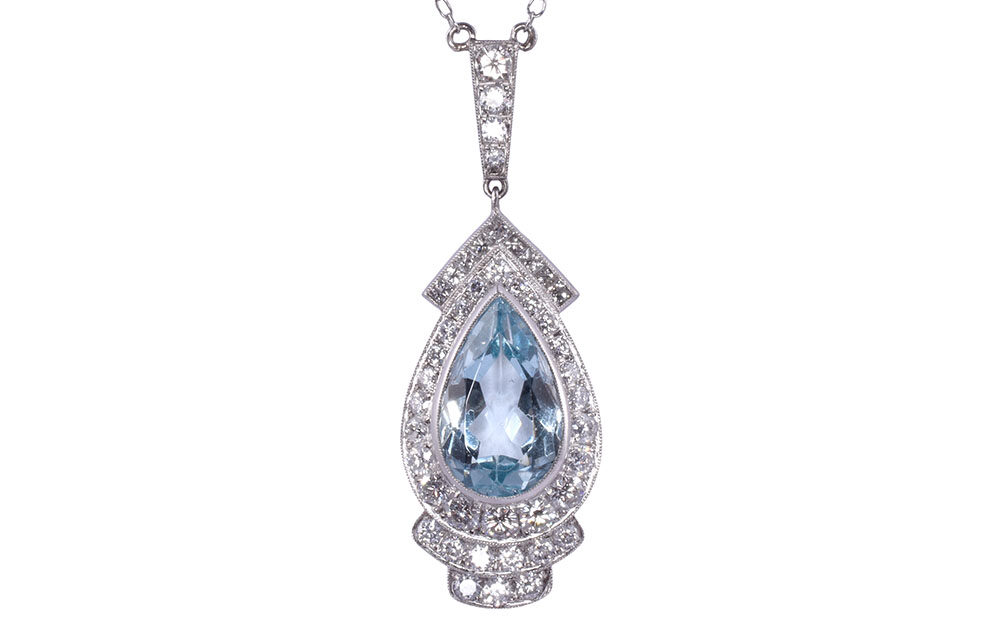Ways To Use Leg Shape To Date Your Furniture

Antique furniture exudes artistry and historical beauty. Understanding ways to use leg shape to date your furniture can help you identify the style and historical era of your piece or the style a revival piece attempts to echo.
Spiral Legs
Spiral legs, often gracing the sides of sumptuous sofas and chairs, were popular in the baroque and restoration eras of the 17th century. The style is thought to have traveled to Europe from India. Spiral legs look sturdy and strong, exuding a sense of authority and opulence.
Cabriole Legs
The elegant swoop of the cabriole leg, with its distinctive knee curving outward and ankle curving inward, became the hallmark of 18th-century furniture. It is most often associated with the Queen Anne and Chippendale styles.
Turned Legs
Turned legs, crafted by spinning wood on a lathe to achieve various designs, were prevalent in the early 17th century and saw revivals in later periods. Their presence on a piece suggests a blend of artisan skill and the timeless appeal of the craft that endures beyond its initial era.
Fluted and Reeded Legs
Fluted and reeded legs offer clues to the neoclassical leanings of furniture, popular in the late 18th to early 19th centuries. Fluted legs, with concave grooves, and reeded legs, with convex ridges, both draw inspiration from classical architecture, imparting an air of elegance and historical depth.
Scroll Legs
Scroll legs, with their elaborate curls and flourishes, often signal the Rococo’s influence or the revival styles of the 19th century. These legs on furniture command attention and make bold statements of artistic expression and functional art.
Spider Legs
Slim and delicate, spider legs are usually associated with tables from the 18th century. Their light, almost ethereal appearance, matched with small, round tabletops, speaks to a period where people prized elegance and airiness.
Styles of Feet
The shape of furniture feet can also provide a clue about the piece’s age. Ball feet, with their simple yet elegant spherical form, trace back to the early 1600s, enduring in popularity well into the 1800s. The ball and claw foot, a more intricate design featuring a bird’s or beast’s claw gripping a sphere, is a hallmark of 18th-century sophistication.
Hoof feet, drawing inspiration from the animal kingdom, lent an air of dynamic elegance to pieces from the late 17th and early 18th centuries. Block feet, known for their solid, understated appearance, became prevalent in the later 18th century, embodying the shift toward a more restrained aesthetic in furniture design.
The Leg Isn’t the Whole Story
When visiting an antique store, either in person or online, knowledge of leg shapes can help you date furniture. Feet styles are another clue. You could look for other indicators of age, including materials, handles, and joinery styles. When searching for a furniture piece that speaks to the sophistication of bygone eras, Solvang Antiques offers a treasure trove of possibilities with their own legacy and charm.



